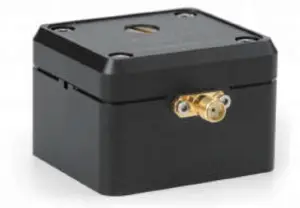A key challenge in silicon photonics is efficiently coupling light between chips and optical fibers—a critical step for minimizing signal loss and reducing packaging costs. Edge couplers and grating couplers are the most common solutions, each achieving <1 dB loss per interface. Another major issue is polarization, since silicon waveguides are birefringent, causing polarization-dependent propagation. To manage this, most circuits use a single polarization, while polarization-splitting grating couplers and diversity schemes are employed for dual-polarization systems.
Waveguides and Passive Components
Silicon photonics uses high-index contrast waveguides fabricated from transparent materials on oxidized silicon substrates. The most prevalent are high-confinement SOI waveguides, where the optical mode is tightly confined within the silicon core. Years of refinement have reduced propagation losses—mainly from sidewall roughness—to about 2 dB/cm in advanced processes.
Essential passive components such as grating couplers, Bragg gratings, waveguide crossings, and AWGs enable low-loss routing and filtering. More recently, silicon nitride (SiN) waveguides, integrated through CMOS-compatible processes, have achieved ultra-low losses (<0.1 dB/m), though their high-temperature fabrication limits integration with front-end active devices.
High- vs. Low-Confinement Waveguides
High-confinement waveguides tightly confine light within a small, high-index core, ensuring precise light control and compact device layouts. In contrast, low-confinement silicon waveguides allow light to extend more into the cladding, reducing scattering losses and improving coupling efficiency—at the cost of larger device size.
Ongoing innovations in low-confinement designs are improving efficiency and manufacturability, advancing silicon photonics toward scalable, high-speed telecommunication applications.





